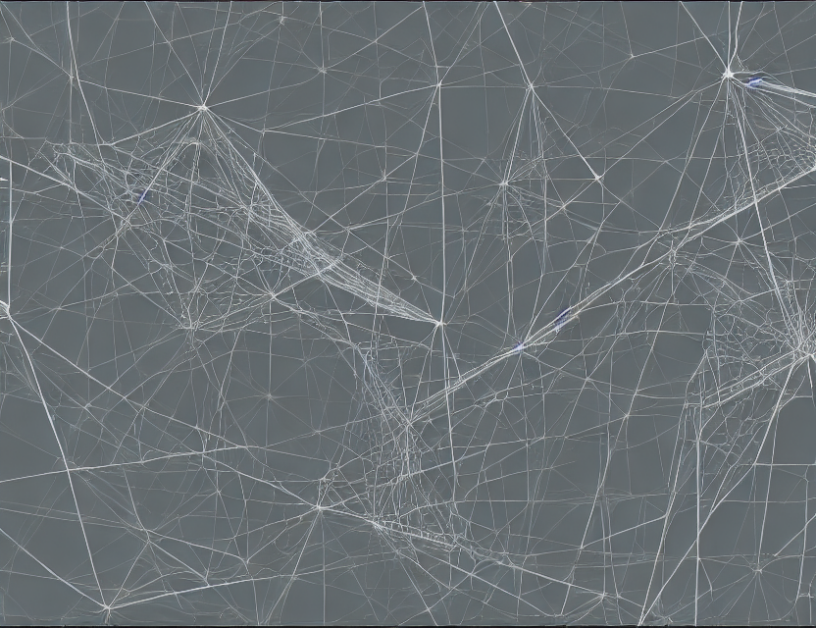In this survey, we delve into the realm of client inverse problems (CIPs), which are mathematical issues encountered when attempting to determine the properties of a given object or structure from limited observations. These problems are ubiquitous in various fields such as imaging, engineering, and physics. By breaking down CIPs into their constituent parts, we can better understand their underlying dynamics and develop effective strategies for solving them.
One crucial aspect of CIPs is the domain decomposition technique, which involves dividing the problem domain into smaller subdomains to facilitate solution. This approach is particularly useful when dealing with electromagnetic CIPs, such as determining the dielectric properties of breast tissue from boundary measurements of the scattered electric field.
Another important concept in CIPs is the singular field method, which involves representing the solution of Maxwell’s equations in polyhedral domains using a set of basis functions called singular fields. This approach allows for efficient and accurate solutions to electromagnetic problems in complex geometries.
Other techniques discussed in the article include augmented formulations, continuous Galerkin methods, and divergence correction techniques. These methods have been shown to be effective in solving various CIPs, including Maxwell’s equations in 3D geometries and variational problems with applications in imaging and engineering.
In conclusion, this survey provides a comprehensive overview of the concepts, techniques, and applications of client inverse problems. By demystifying complex mathematical concepts and providing engaging analogies and metaphors, we hope to empower readers to better understand these important problems and their solutions.
Mathematics, Numerical Analysis
Numerical Methods for Solving Maxwell’s Equations: A Comprehensive Review



